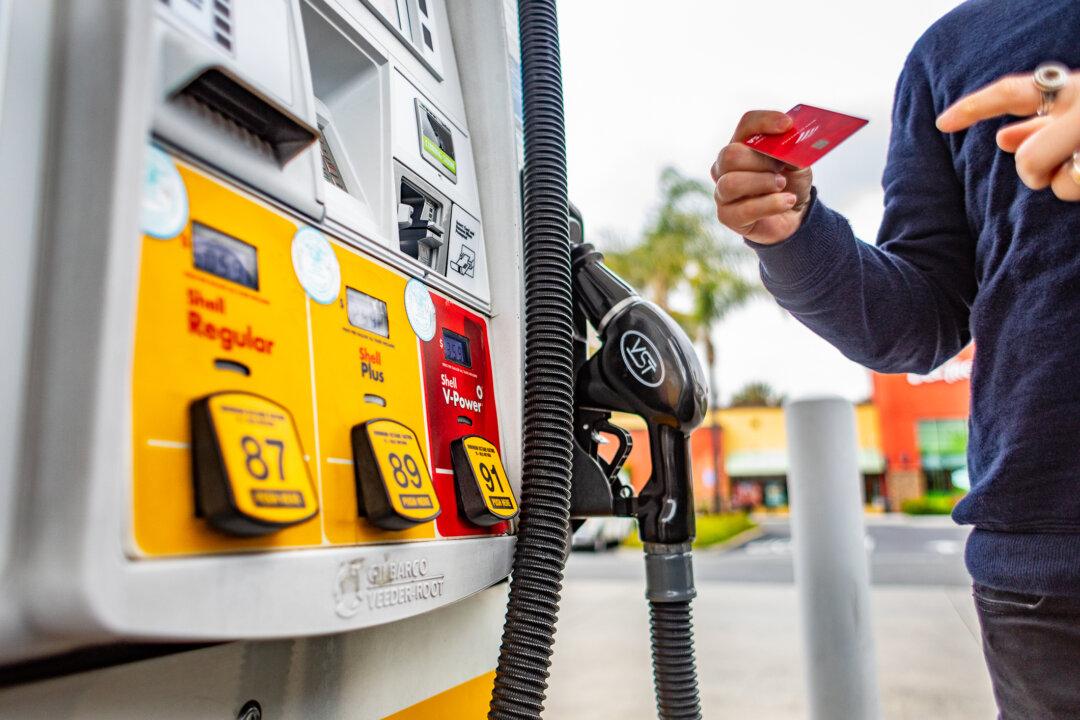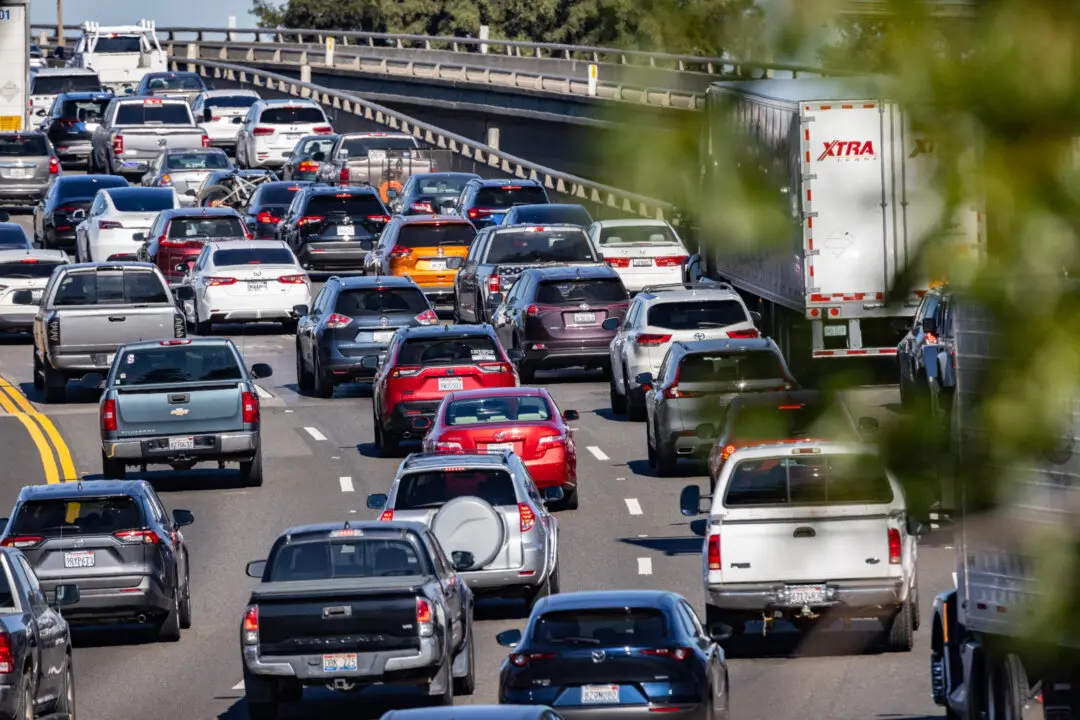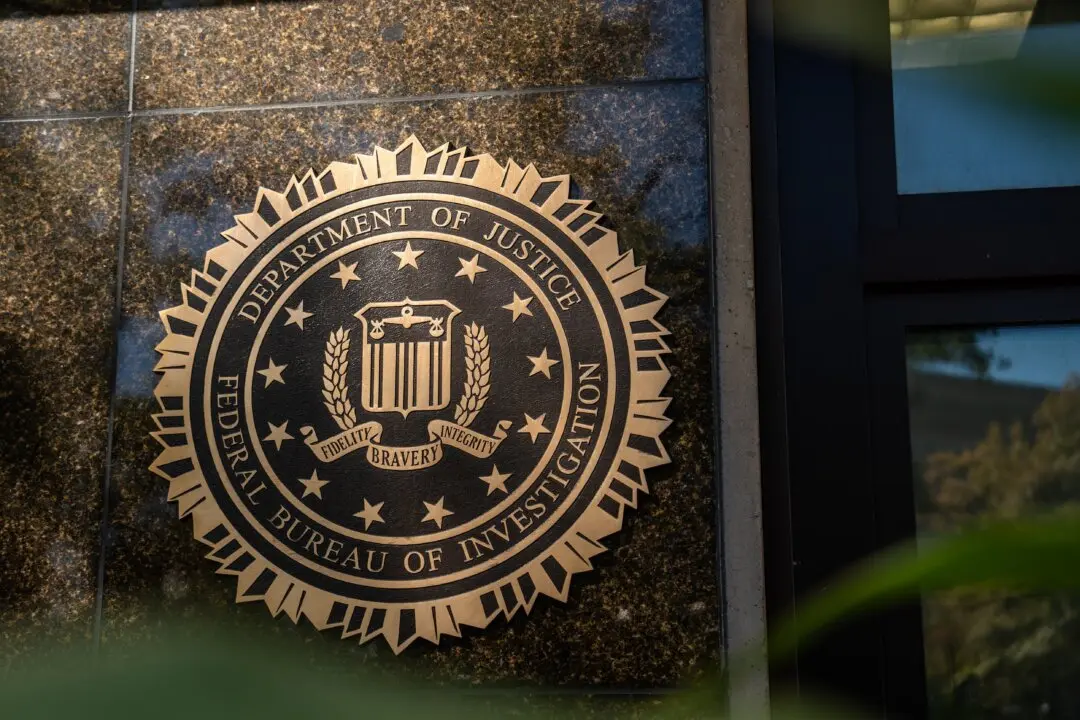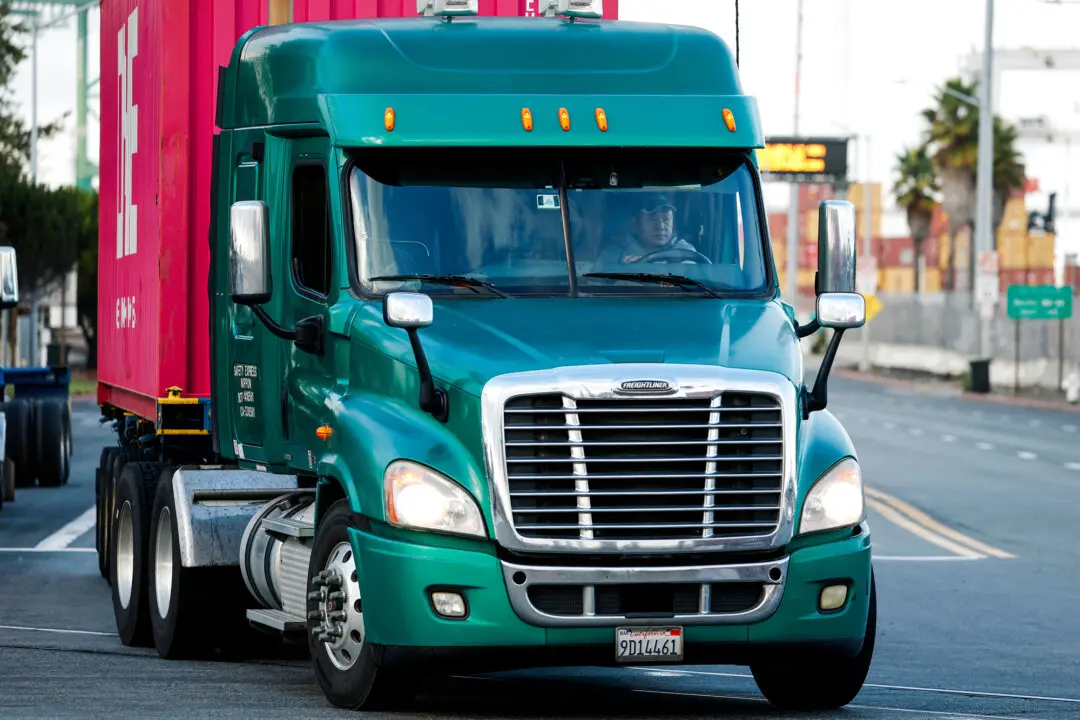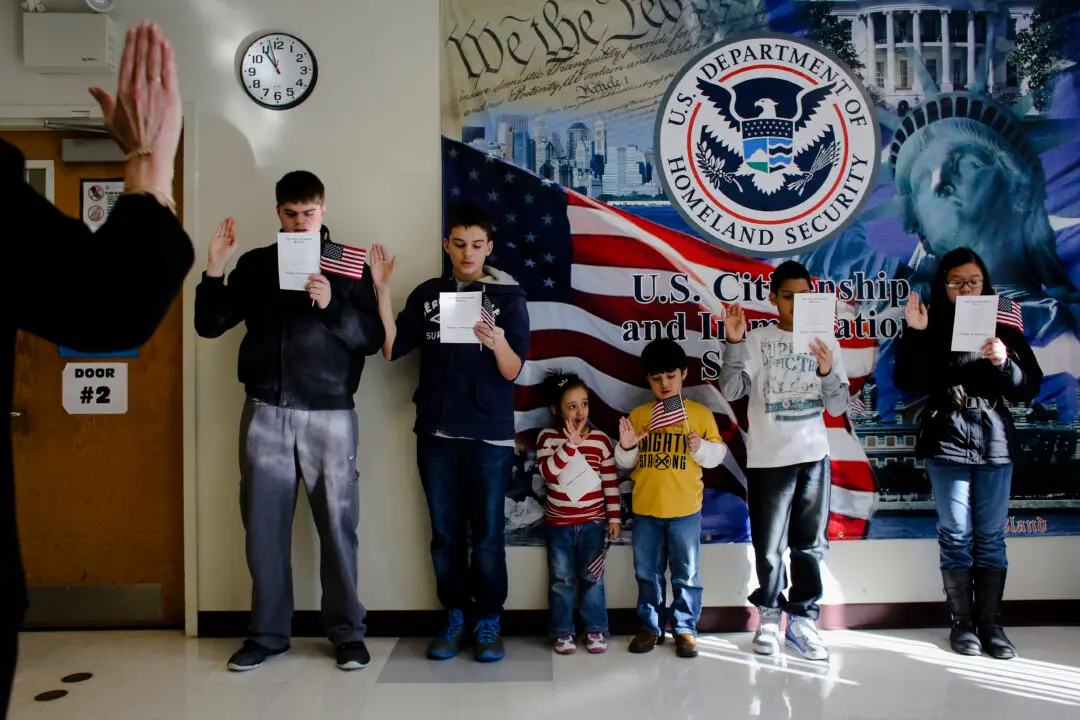Gasoline prices continued their decline on Sunday, easing some of the burdens on American citizens who have been grappling with rising gas prices for the past several months.
“Average US #gasprices have now declined for the 26th straight day and are nearly 36c/gal lower than 26 days ago,” oil and refined products analyst Patrick De Haan said in a July 10 tweet. “National average $4.678/gal. Americans today will be spending >$135 million LESS on gasoline than they did on June 14. The most common prices: $4.39, $4.29, and $4.59.”
